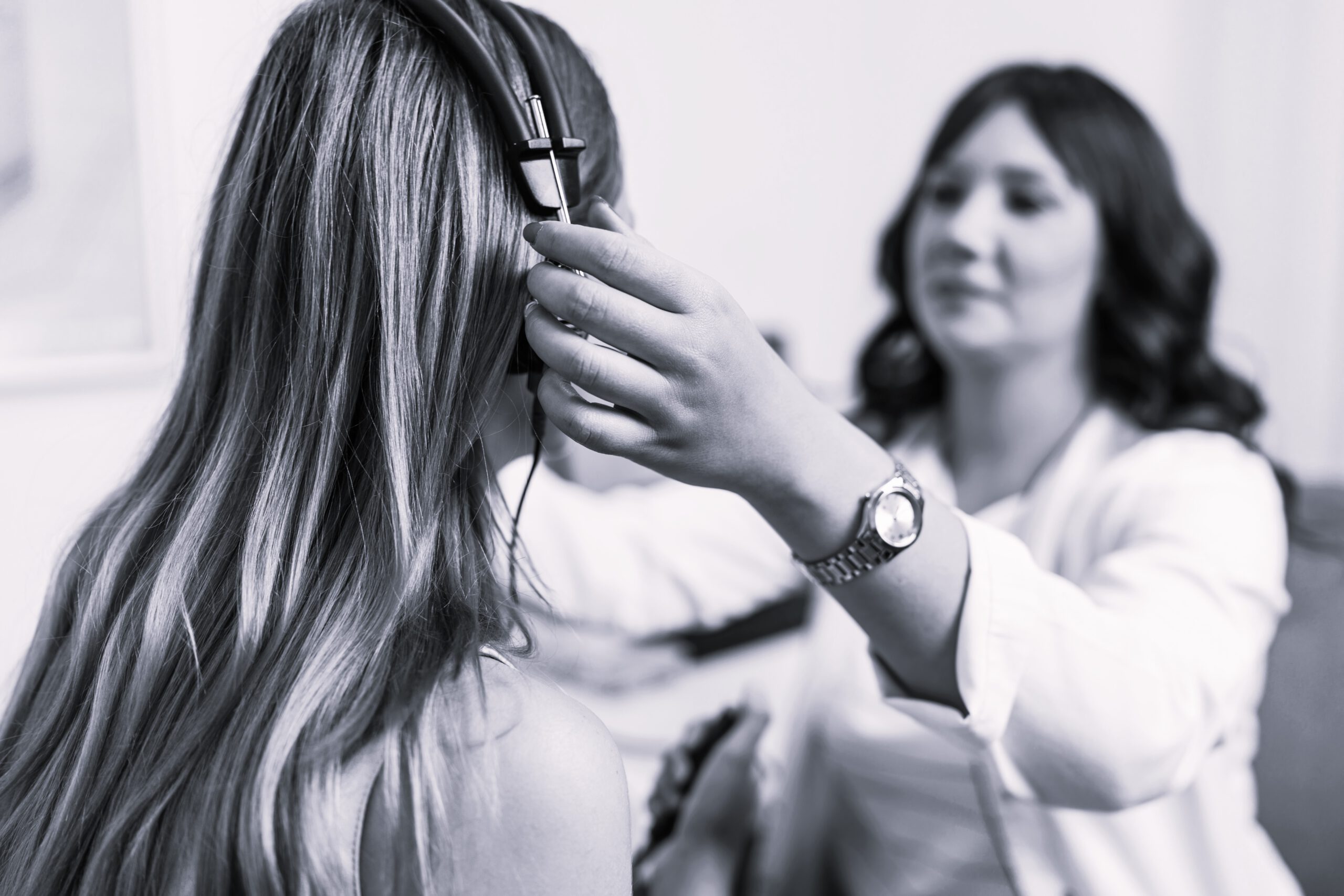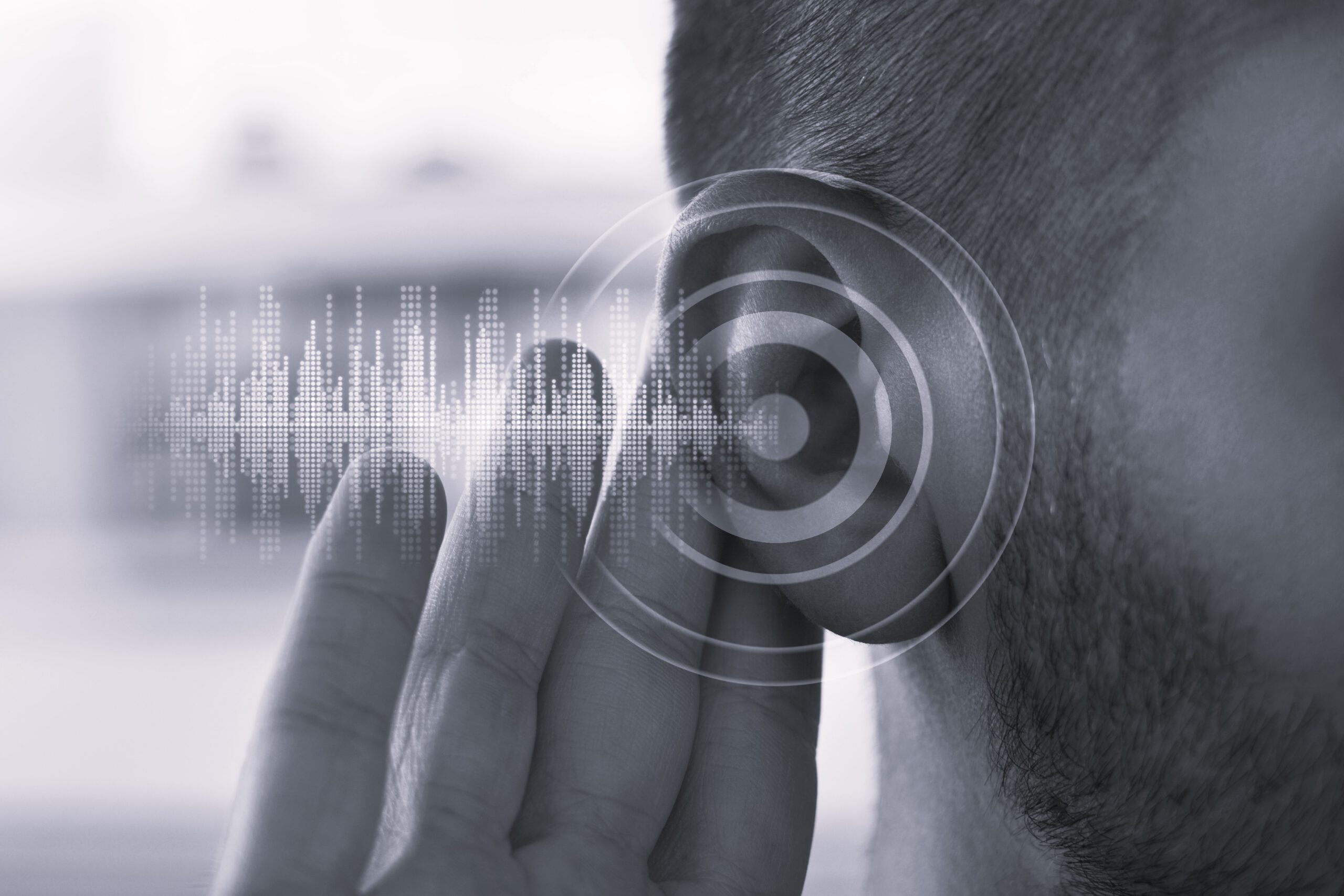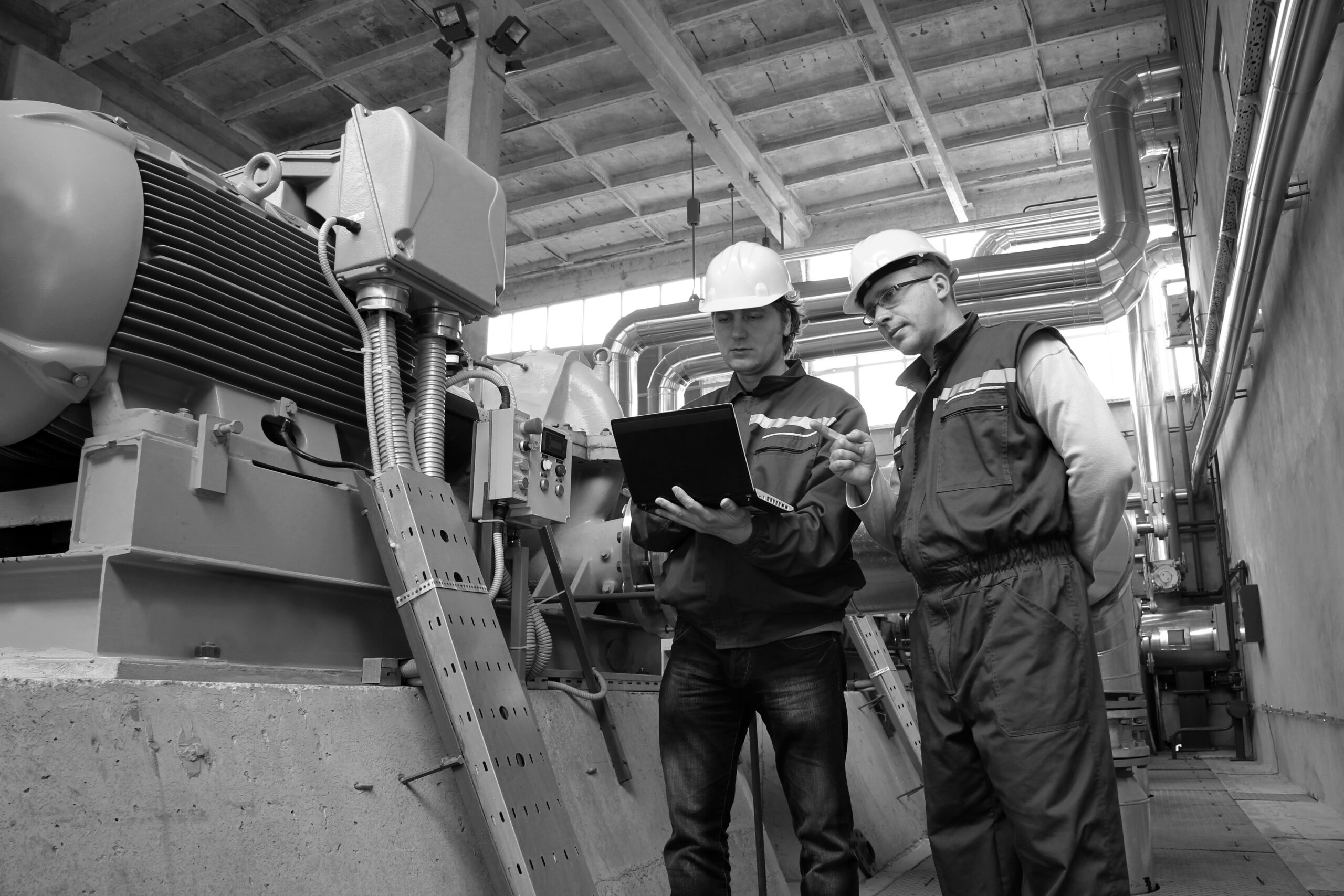Why do you need it?
Occupational noise-induced hearing loss (NIHL) occurs when individuals are exposed to harmful levels of noise, usually over prolonged periods at work. It is the single greatest cause of permanent hearing loss in Australia, and the most preventable.
An estimated 1.1 million workers in Australia are potentially exposed to hazardous levels of noise at work.
The exposure varies by trade with the most exposed occupations being machine operators, automotive workers, construction workers and farmers. Common sources of hazardous noise include loud machinery, industrial environments, concerts, and personal listening devices.
Health and social cost includes:
- impaired communication – hearing loss leads to difficulties in communication, which can cause social isolation and strain personal relationships. People with untreated hearing loss may withdraw from social settings due to difficulty in understanding conversations
- loss of employment – if an employer cannot reasonably adjust and good hearing is an essential inherent requirement to do a role employment may be in jeopardy
- reduced quality of life – the reduced ability to hear and participate in everyday activities can significantly diminish the quality of life, and result in loss of a person’s general wellbeing. This cost is substantial, amounting to $17.4 billion in 2017
- psychological impacts – individuals with NIHL often experience increased stress, anxiety, and depression due to communication difficulties and social isolation. These emotional challenges can lead to withdrawal from social settings and lower self-esteem
- cognitive decline and dementia – hearing loss is a significant risk factor for cognitive decline and dementia [3, 4]. It is also considered the most relevant modifiable risk factor for dementia, that if eliminated, could reduce the risk of dementia by 7% [4]. While the mechanism is not yet fully understood, it is believed that reduced hearing leads to social withdrawal and reduced brain stimulation, potentially accelerating cognitive decline [3,4].
How does it work?
The health monitoring required for noise as part of a hearing conservation policy includes audiometry testing. Audiometry testing entails a comprehensive auditory evaluation that screens employees’ hearing and provides education to workers on noise induced hearing loss. This testing process measures an individual’s hearing threshold, aiding in the detection of early potential hearing loss and checking that risk mitigation measures are effective.
State Health and Safety regulations require hearing testing where a worker who is required by the person conducting the business of undertaking to use personal protective equipment to protect the worker from the risk of hearing loss associated with noise that exceeds the exposure standard for noise.
We can conduct both audiometry as part of your health monitoring requirements. These assessments can be conducted in our clinics or on your site (for minimum numbers).
Additionally, we will:
- review of hearing test results against historic tests to monitoring for subtle changes in hearing
- provide a report to the employer
- provide a report to the employee showing historic results reinforcing the need for compliance to risk control measures.





